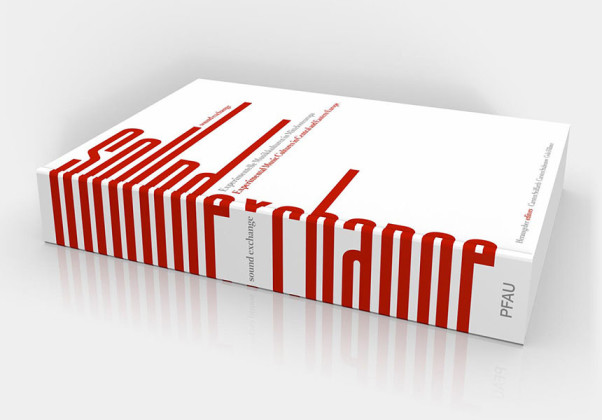Benjamin Robert Levy: The Electronic Works of György Ligeti and Their Influence on his Later Style (2006)
Filed under thesis | Tags: · electronic music, music, music theory
This dissertation investigates the connections between the composer’s pieces for electronic tape written in the late 1950s and the instrumental music he composed thereafter. There are numerous reasons to suspect such a chain of influence, including suggestive comments Ligeti has made in interviews. Moreover, these works, Glissandi (1957), Artikulation (1958), and the uncompleted Pièce électronique no. 3 (1957-58), were written at a critical point in the composer’s career, falling between two major stylistic periods. Before he fled Hungary in December 1956 his compositions were influenced by Bartók, but his orchestral pieces Apparitions (1958-59) and Atmosphères (1961) were much celebrated for their strikingly original textures and timbres. While these orchestral pieces secured Ligeti’s reputation as an important avant-garde figure, the first works he composed in the West were the electronic pieces, which have suffered relative neglect. There are difficulties inherent in analyzing electronic music, and thus the first chapter of this dissertation focuses on theoretical literature in this growing field, including discussion of musical timbre, different means of notation, and in particular, the work of theorist Robert Cogan. Chapters 2 and 3 are analytical studies of Ligeti’s finished tape piece, using spectrographs and information from Ligeti’s sketches to focus on the use of sonic material in the construction of form. Additionally each study is put in the context of Ligeti’s contemporaries, composers such as Karlheinz Stockhausen and Gottfried Michael Koenig, as well as figures such as the philosopher T.W. Adorno. The fourth and final chapter focuses on the historical chain of influence and examines some of Ligeti’s instrumental music, particularly Apparitions, in light of the their electronic precedents. These examples illuminate connections between the electronic and instrumental, ranging from the slightest nuances in individual gestures-many of which are translated directly from one medium to the other-to methods of constructing entire forms, which continue to appear throughout Ligeti’s oeuvre; thus, the final aim of this dissertation is to provide groundwork for further studies which will deepen the understanding of other works by this innovative composer.
Dissertation
Faculty of the Graduate School of the University of Maryland, College Park
May 2006
272 pages
Pauline Oliveros: Software for People: Collected Writings 1963-80 (1984)
Filed under book | Tags: · composing, electronic music, music, music history, music theory, sound recording, technology

Collected writings of an acclaimed composer, performer and humanitarian. The book includes articles on new music, women as composers, sonic meditation, attention and awareness, and technique.
Publisher Smith Publications, Baltimore, MD, 1984
ISBN 0914162608, 9780914162605
276 pages
Sound Exchange: Anthology of Experimental Music Cultures in Central and Eastern Europe 1950-2010 (2012) [English/German]
Filed under book | Tags: · central europe, czech republic, east-central europe, eastern europe, electroacoustic music, electronic music, estonia, experimental music, germany, hungary, latvia, lithuania, music, music history, poland, radio art, slovakia, sound art, sound recording

“The long traditions of experimental music cultures in Central and Eastern Europe are diverse and multifaceted, but have been difficult to access until now. With contributions from selected music, media and cultural studies specialists from eight countries, this anthology bundles together elements of unearthing material locally and documents current positions and historical finds by protagonists, as well as musical aesthetic qualities in the history of musical experiments in Central and Eastern Europe. The anthology pursues commonalities and singularities and discusses their relationship with the international history of experimental music.
The often barely known musical and artistic positions portrayed here show a wide stylistic and aesthetic spectrum of electro-acoustic music, composed and improvised music, musical media art and audio art from 60 years of experimental musical culture in the context of decades-long political repression and an atmosphere of increasing openness and international networking following 1989.”
With contributions by Antoni Beksiak, Balázs Kovács, Daiga Mazvērsīte, Gerhard Lock, Hans-Gunter Lock, Māra Traumane, Martin Flašar, Michal Rataj, Miloš Vojtěchovský, Monika Pasiecznik, Pavel Klusák, Slávo Krekovič, Tautvydas Bajarkevicius, Viestarts Gailītis.
Edited by Carsten Seiffarth, Carsten Stabenow, and Golo Föllmer
Publisher PFAU, Saarbrücken, 2012
ISBN 9783897274877, 3897274876
400 pages
PDF (20 MB, added on 2019-1-25, via book website)
HTML (updated on 2019-1-31)

